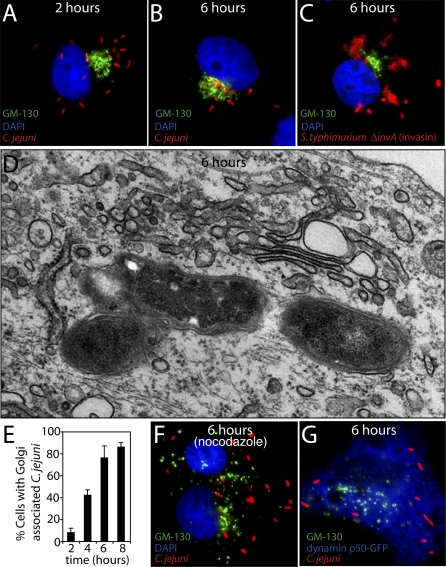Figure 8. The C. jejuni–Containing Vacuole Localizes in Close Proximity to the Golgi.
Cos-1 cells were infected with C. jejuni or S. typhimurium invA (invasin) expressing dsRed for 1 h followed by a gentamicin chase. Cells were fixed at the designated times after infection and processed for immunofluorescence using anti-C. jejuni (red) and anti-GM-130 antibodies (green). Nuclei were visualized with DAPI (blue). Immunofluorescence images of C. jejuni-infected cells 2 h (A) and 6 h (B) post-infection, and S. typhiumurium invA (invasin)-infected cells 6 h post-infection (C). (D) Electron micrograph of C. jejuni-infected cells 6 h post-infection. (E) Quantitation of C. jejuni association with the Golgi at different times after infection. Values are averages and standard deviations of three independent experiments. A minimum of 100 infected cells were counted in each experiment (F) Nocodazole treatment prevents C. jejuni's close association with the Golgi. Cos-1 cells were infected with C. jejuni for 1 h and after a 1 h gentamicin chase, cells were treated with nocodazole for additional 4 h to disrupt microtubules. At 6 h after infection, cells were fixed and processed for immunofluorescence as described above. (G) Dymanin is required for the localization of C. jejuni in close association to the Golgi. Cos-1 cells were transfected with dynamatin p50-GFP and 24 h later, cells were infected with C. jejuni as described above. Six hours after infection, cells were fixed and processed for immunoflourecesce using anti-C. jejuni and anti GM-130 antibodies.

